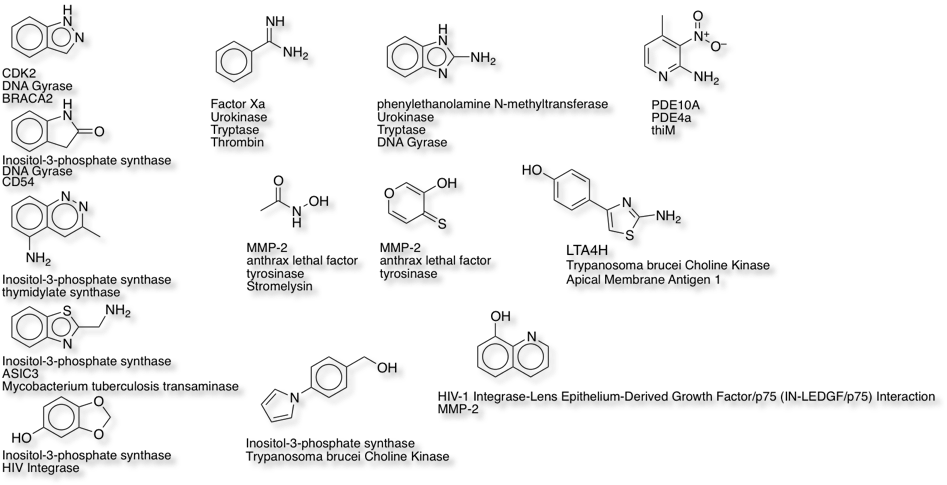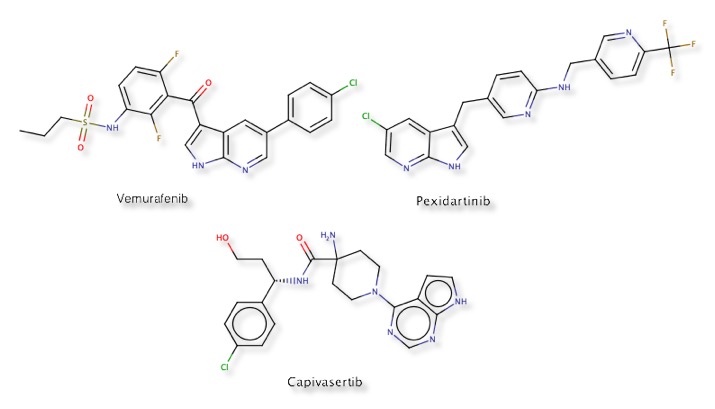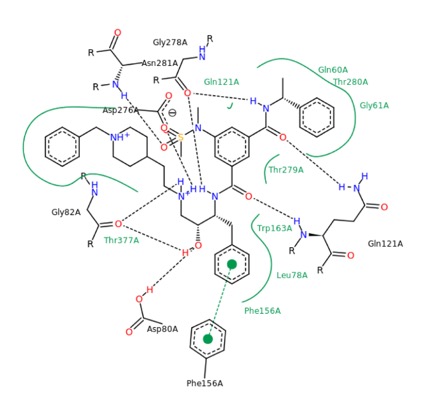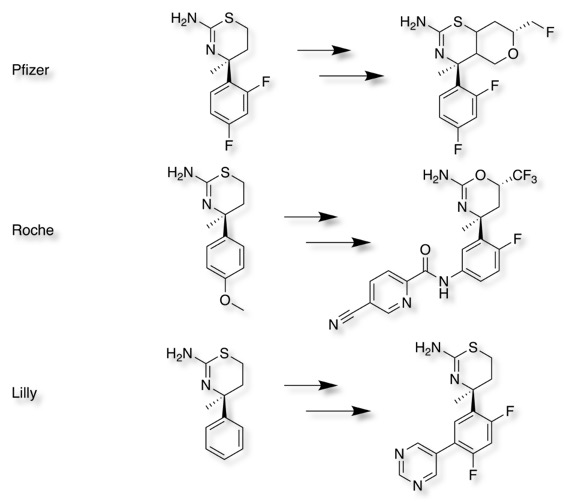Fragments and Novelty
I've spoken to a couple of people recently who are very focused on identifying novel fragments for their fragment screening collection. I have to say I'm not convinced about the benefit of populating your fragment collection with novel fragments. One of the really attractive features of fragment-based screening is the ability to follow up and verify the initial round of fragment hits by testing commercially available analogues, or isomers. With novel bespoke fragments this is often impossible without committing synthetic chemistry resources to make related analogues.
In addition, it seems some common fragments appear as hits in screens of multiple unrelated targets. Whilst those fragments binding to Kinase targets adopt a similar interaction with the hinge-binding region, those binding to other targets appear to adopt novel unrelated poses and interactions, and will thus lead to very different MedChem exploration.

As highlighted on Practical Fragments the 7-azaindole motif has started as the starting point for 3 clinical candidates for different kinase targets, Vemurafenib (B-Raf inhibitor), Pexidartinib (Inhibits both CSF1R and c-kit receptor tyrosine kinase) and Capivasertib (Akt inhibitor).

Even when we have the case of identical or very similar fragments binding to the same protein the results of the MedChem programmes are very different. An example would be the different fragment based approaches to BACE1 inhibitors for the treatment of Alzheimer's Disease DOI.
BACE1 has a large hydrophobic substrate-binding site designed to fit polypeptides

Several companies have developed drugs via MedChem programs evolved from similar fragments, the novelty does not come from the fragment but from the different insights and experience of the medicinal chemists undertaking the drug discovery project.

Novelty should not be confused with diversity; it is important to have a fragment library that explores a broad range of pharmacophoric space through a wide range of functionalities to allow different types of potential interactions. The functionalities should be spread across a wide range of 3D vectors, for efficient sampling of chemical space. In addition, however, rapid follow relies upon access nearest-neighbour analogues, including enantiomeric pairs.
Updated 1 June 2020